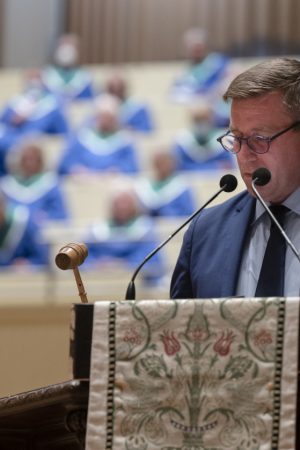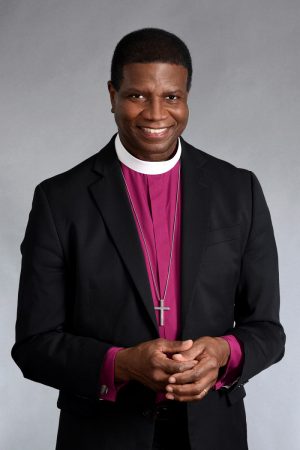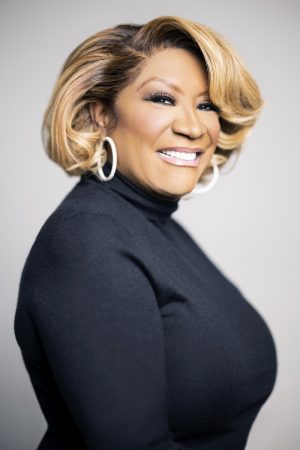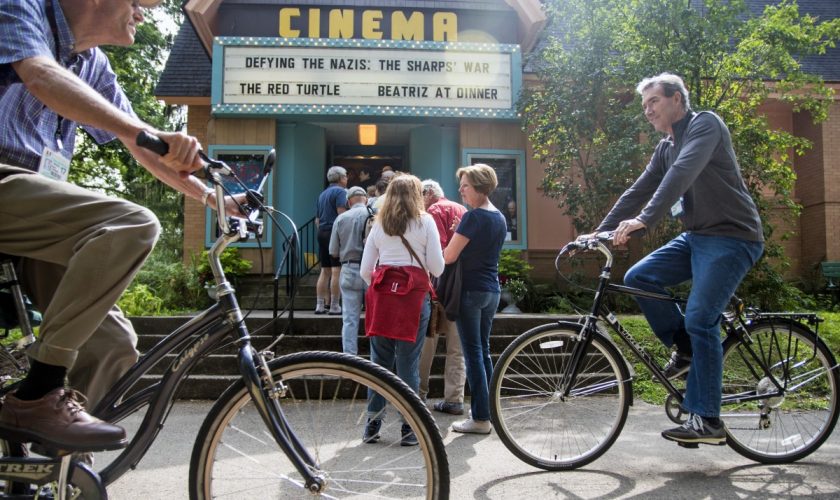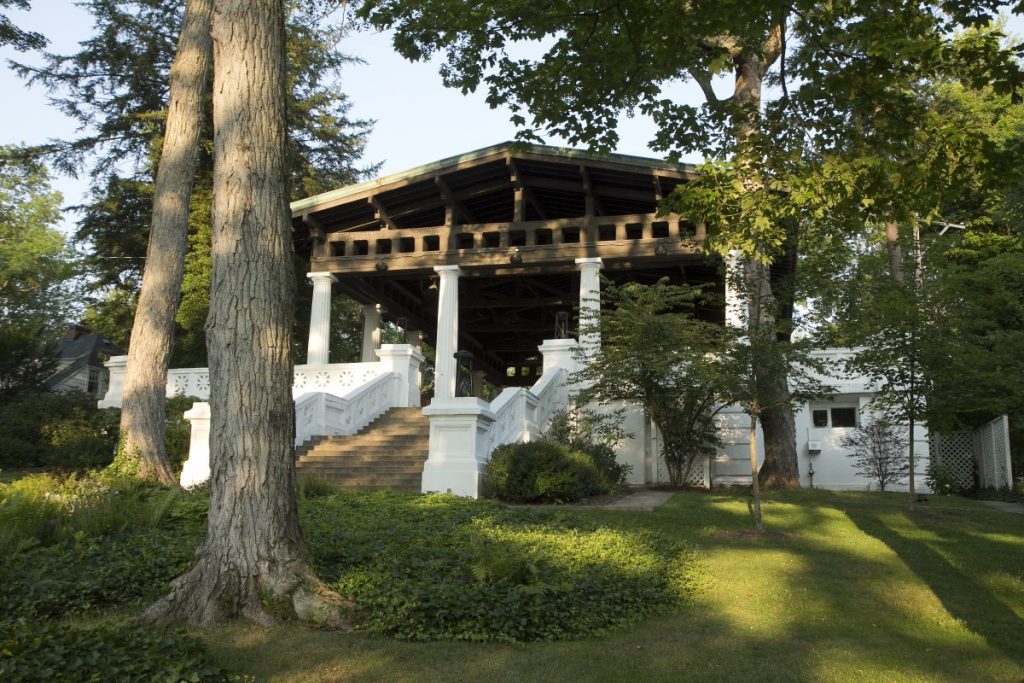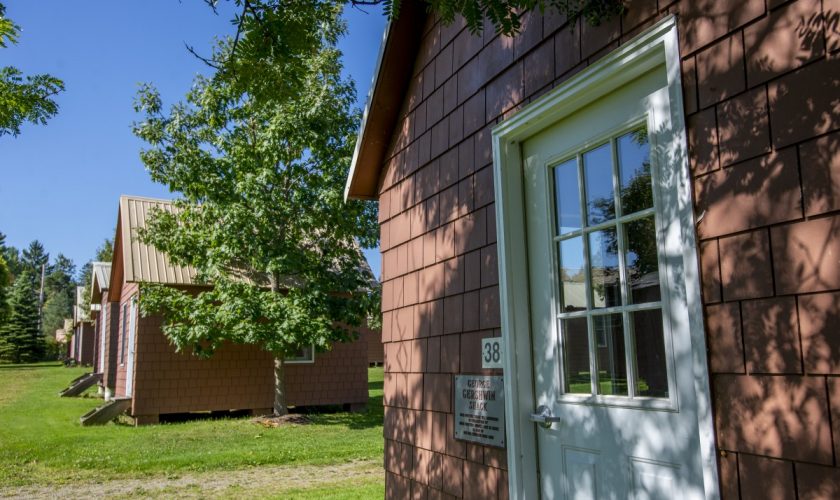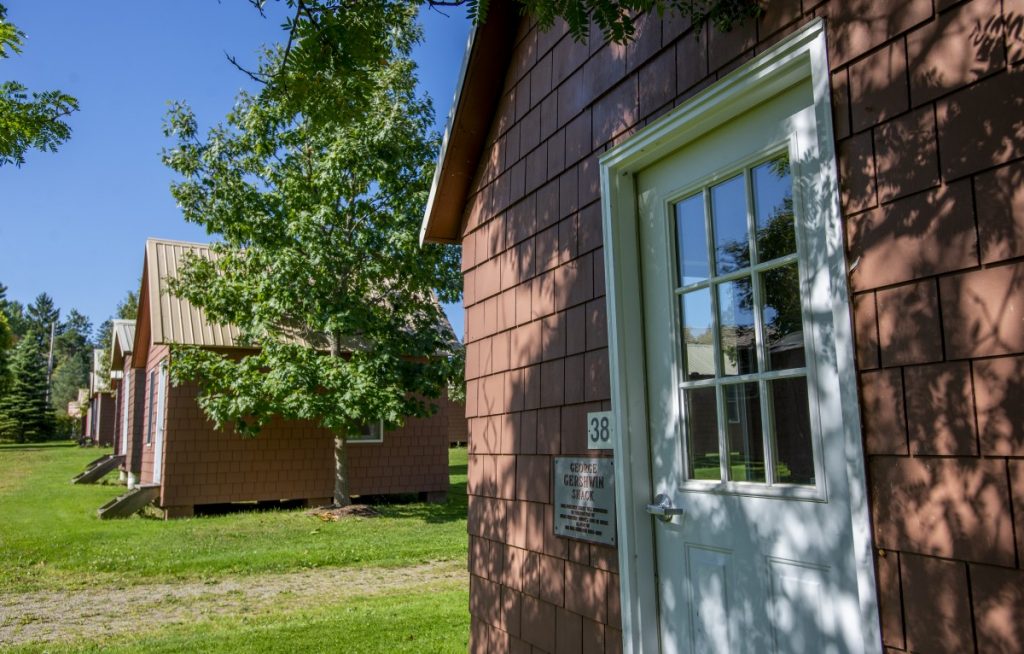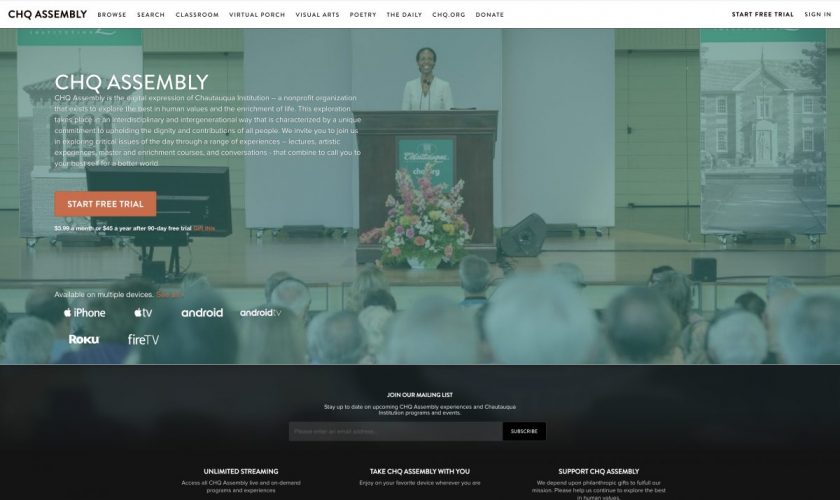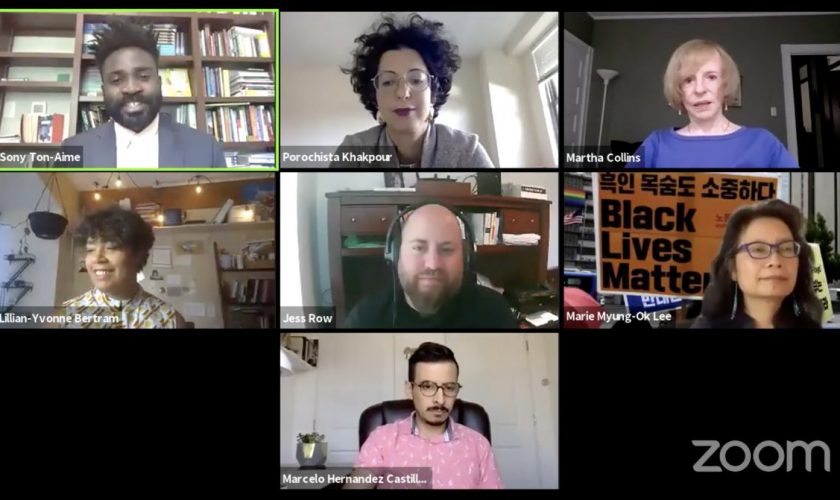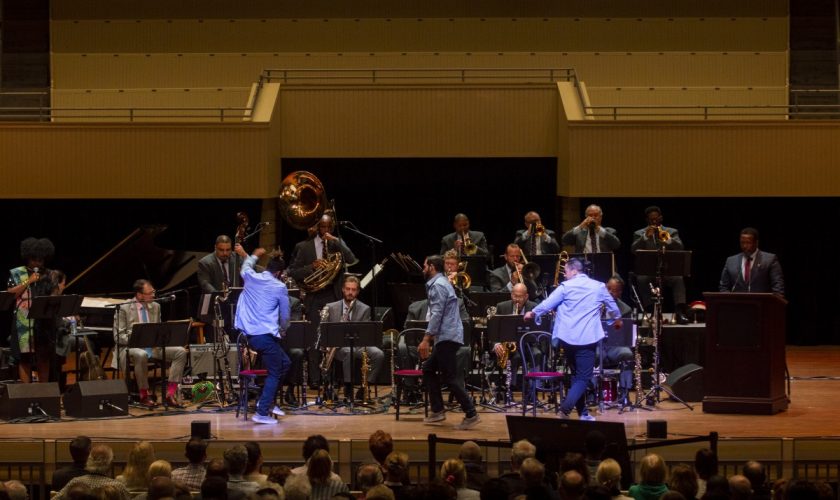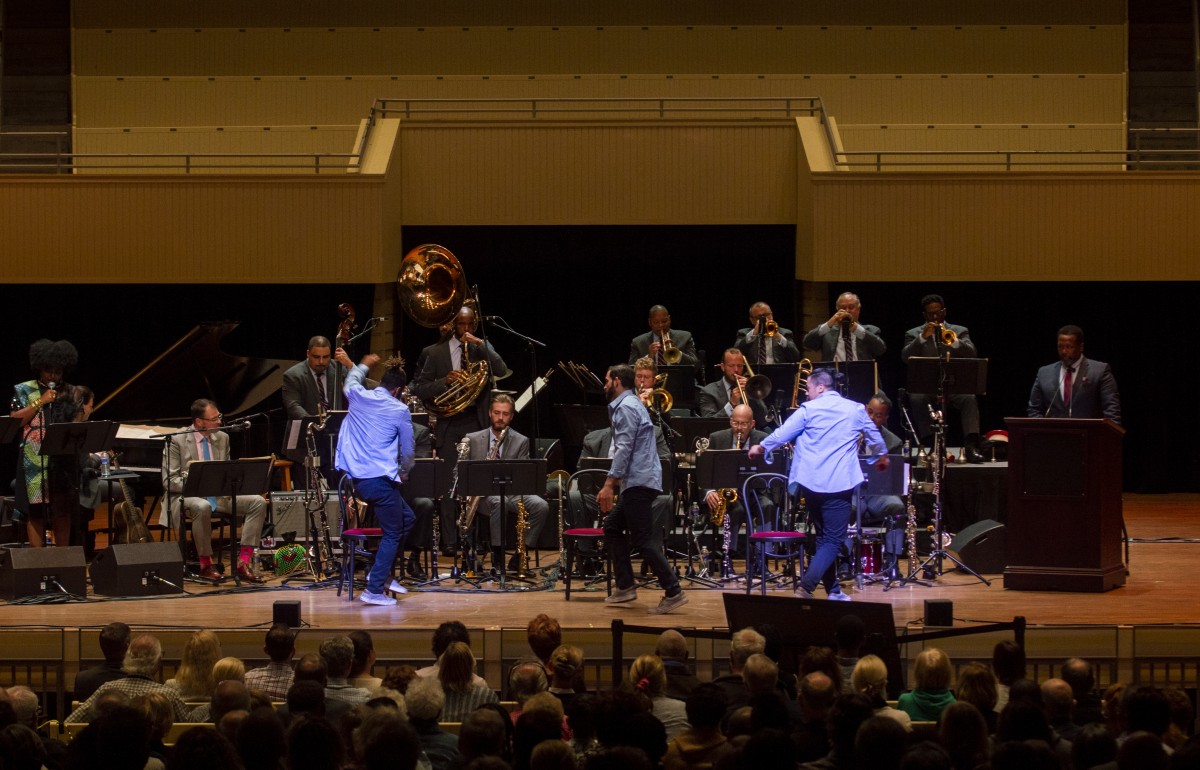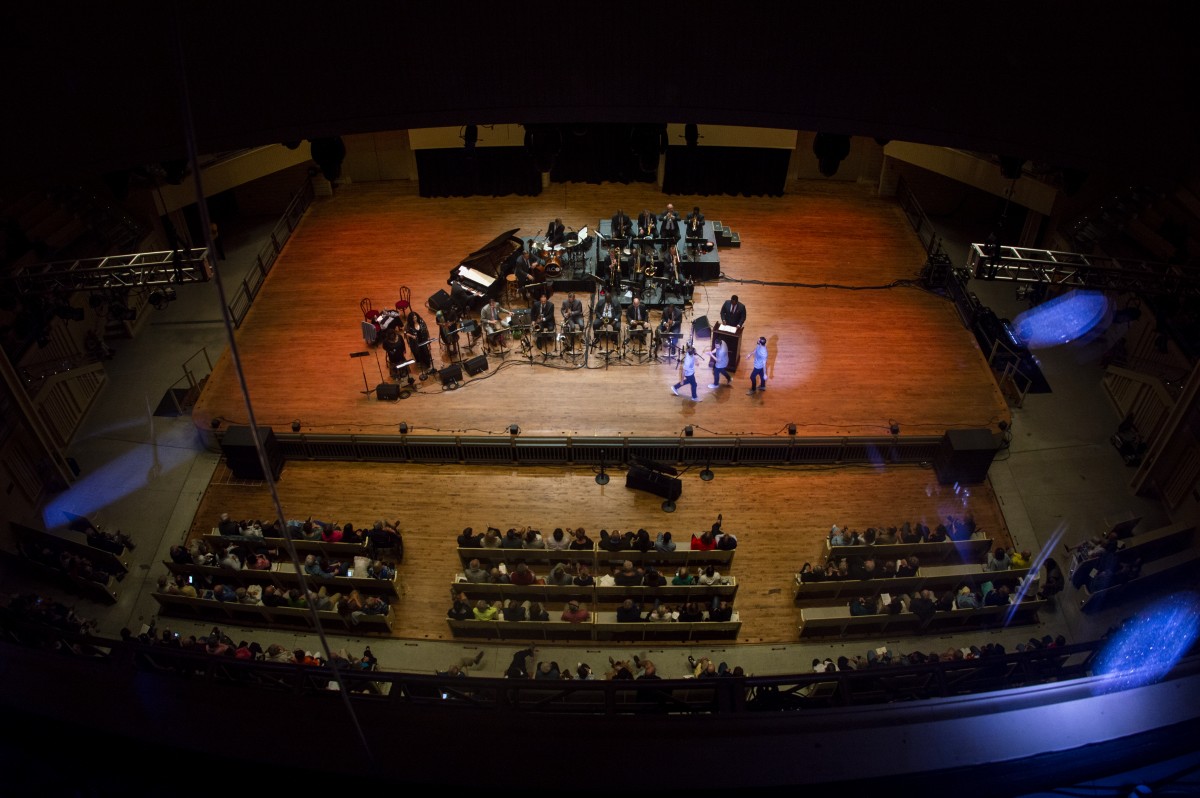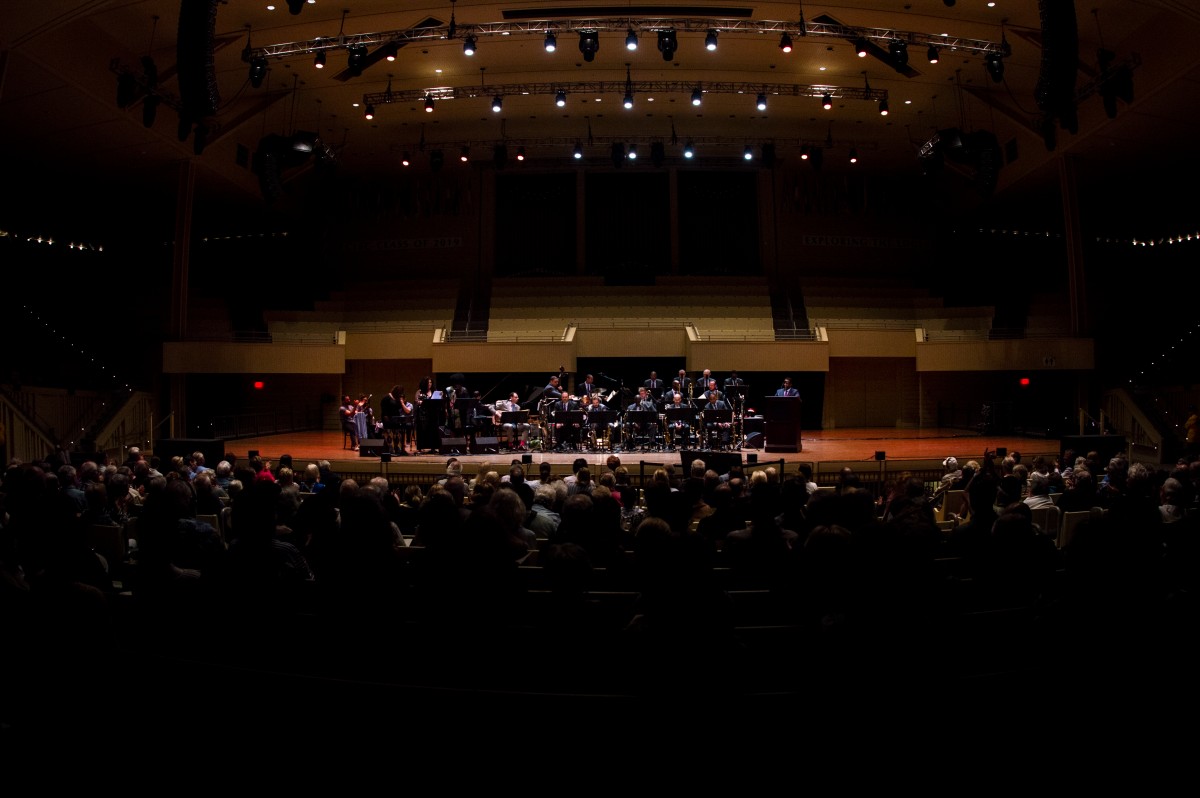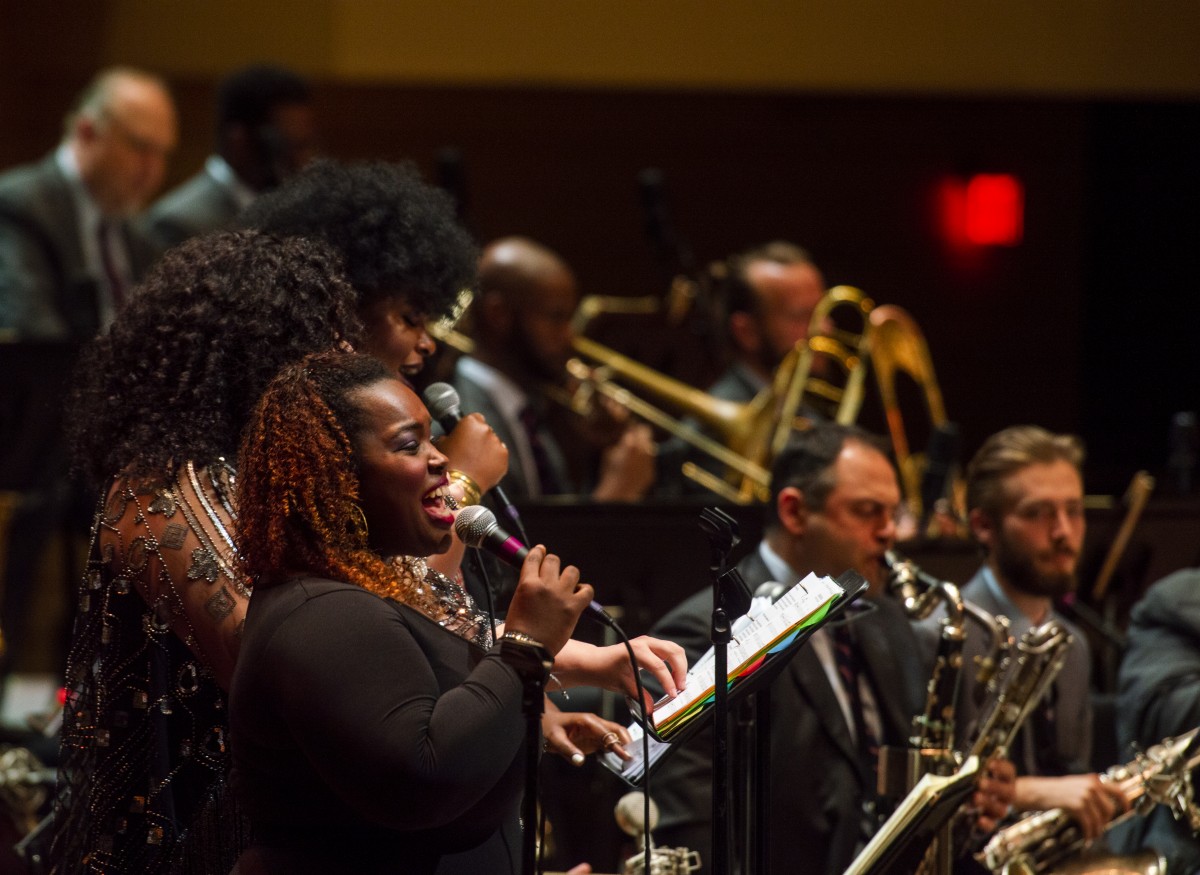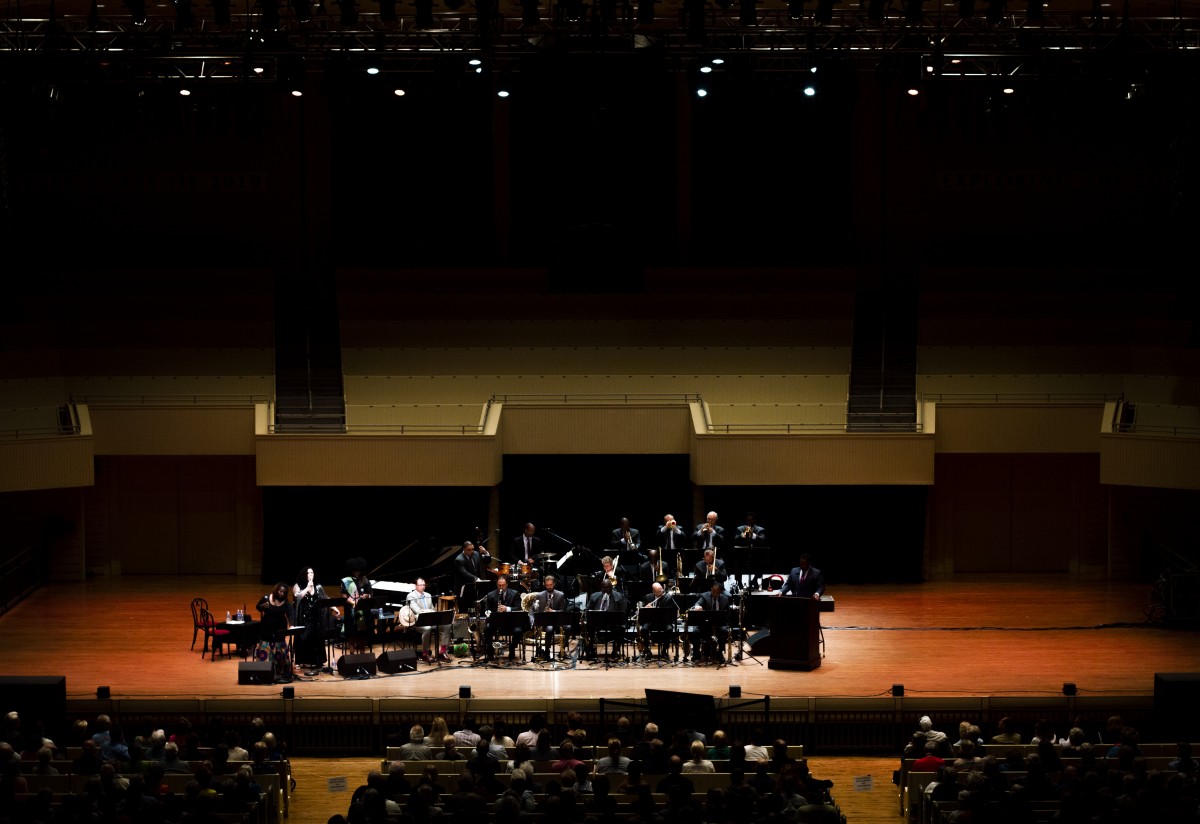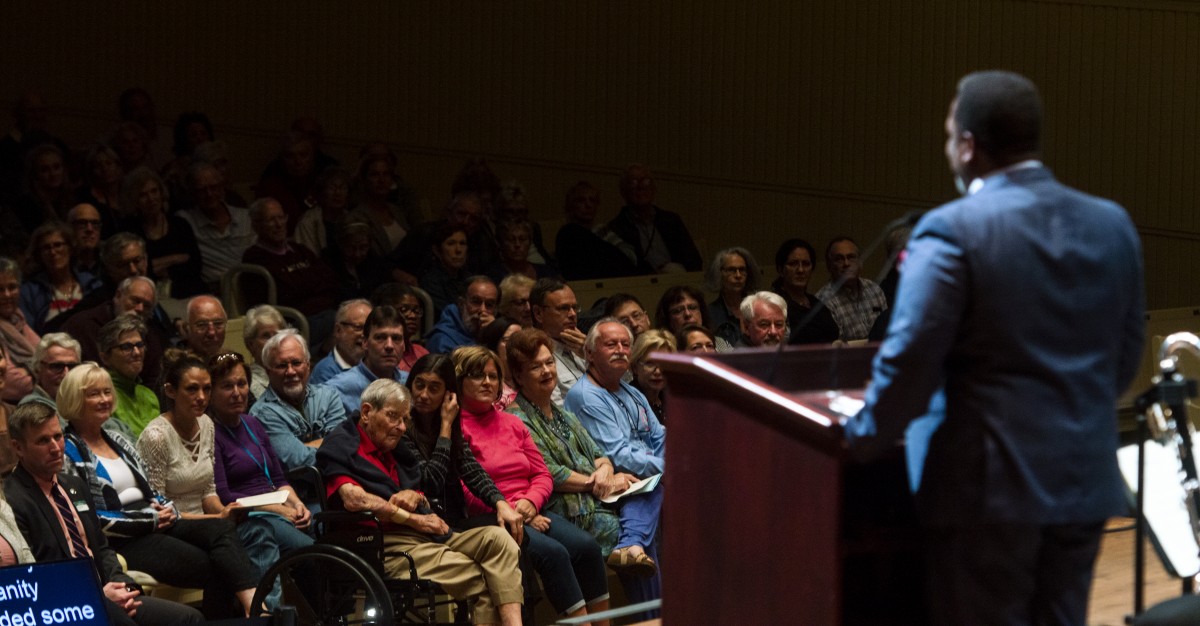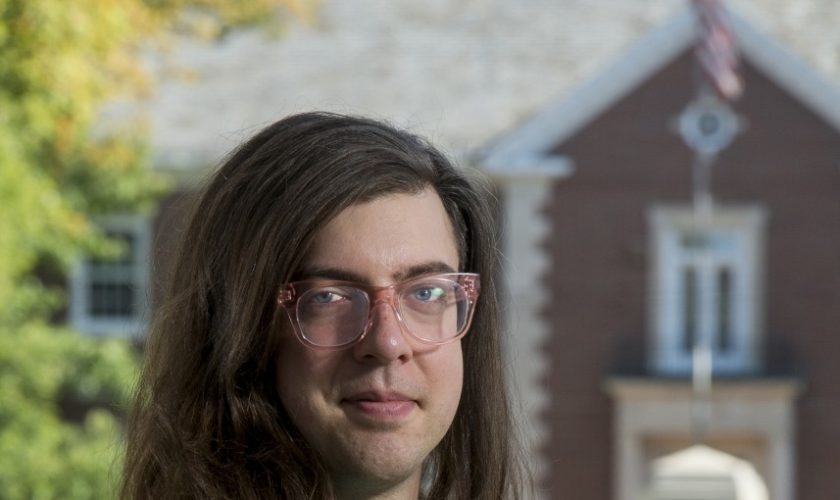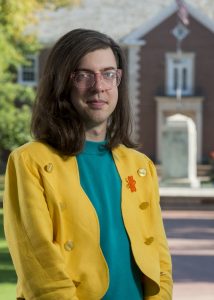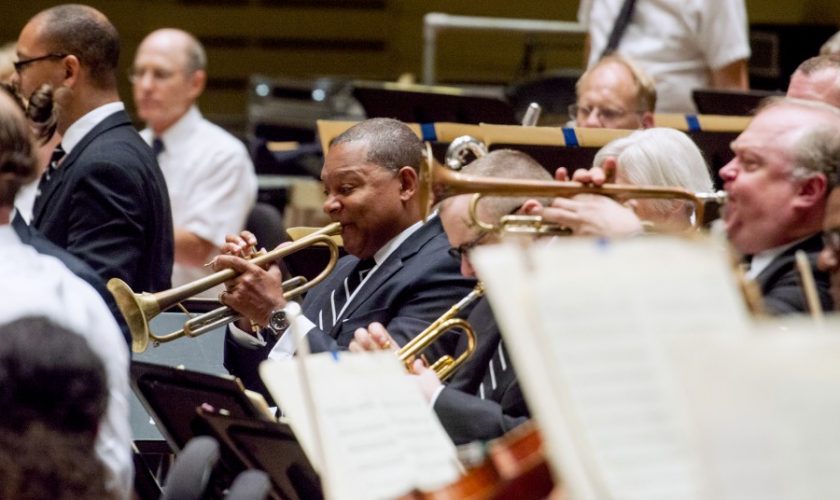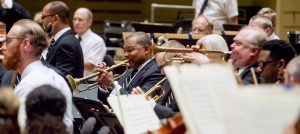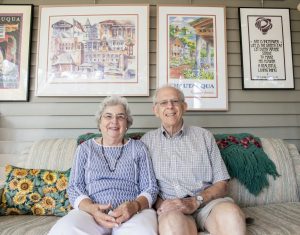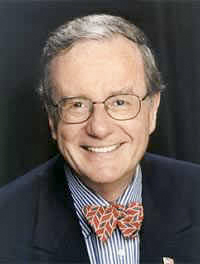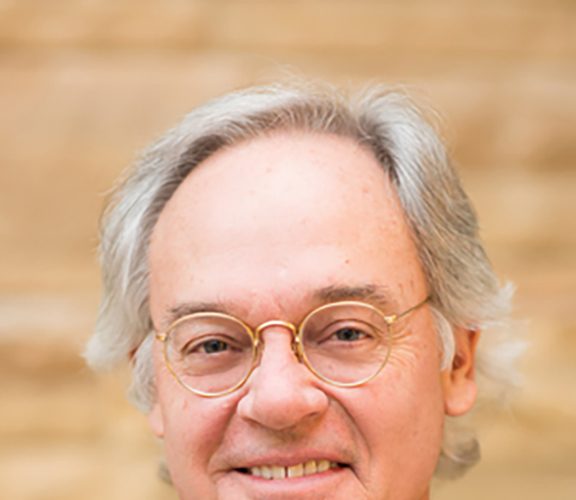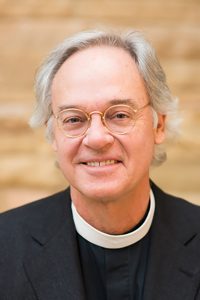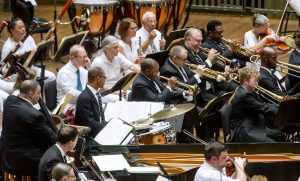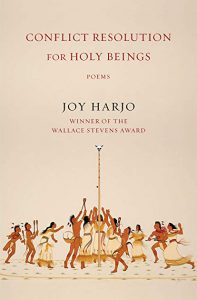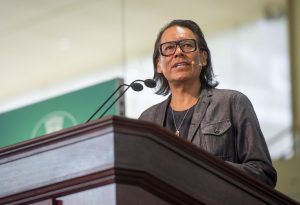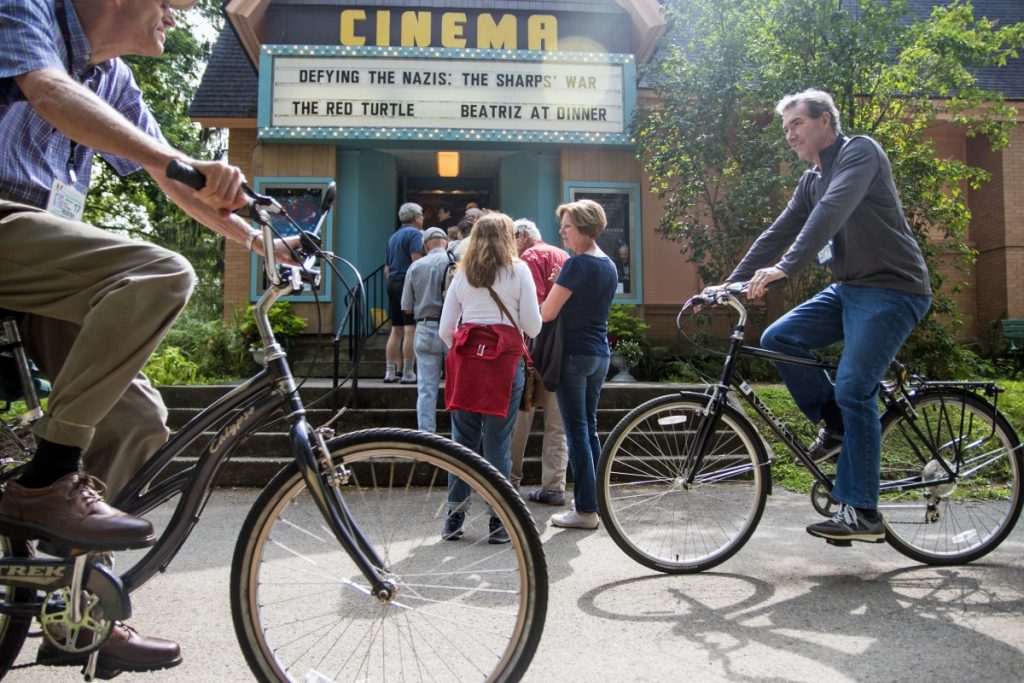
In 2007, the Chautauqua Cinema showed filmmaker Dan Karslake’s “For The Bible Tells Me So,” the first film recorded with digital technology — as opposed to 35mm film — to be shown in the venue. In 2020, the staff chose Karslake’s follow-up, “For They Know Not What They Do,” as one of the first films the Cinema streamed exclusively online.
New York Gov. Andrew Cuomo issued an order in March to close all non-essential business to slow the spread of COVID-19, leaving the staff at the Cinema to shut their doors for the Chautauqua Institution’s 2020 season. Instead of halting all operations for the summer, Cinema proprietor Billy Schmidt chose to make select films available for streaming on the business’ website.
“I’m glad to be able to share some great movies with some people, even if I can’t open the doors,” Schmidt said. “It helps us to keep our relationships alive.”
Viewers can visit the Cinema’s website and “buy tickets” to rent selected films from the independent theatrical and home video distributor First Run Features. The Cinema generates revenue every time a film is streamed through their unique link.
Schmidt acknowledged that at-home moviegoers are flooded with streaming options, from iTunes to Amazon Prime Video. He said that despite the already-established streaming competition, there is hope for small and independent movie theaters to learn and adapt for a new era.
“The finances of single-screen art-house cinemas worldwide (have been) heading into the toilet over the last decade for a lot of reasons. I think a large part of it is how much people are going to streaming,” Schmidt said. “I’m really hoping this is an opportunity to reconstruct a plan moving forward that’s sustainable.”
Movie theaters across the country could utilize this tool for revenue in slow-business months. For the Chautauqua Cinema, this is a way Schmidt could offer content to the community during the Institution’s off-season.
Renting movies individually from the Cinema may be costlier for the viewer than a streaming service subscription, but Schmidt said he sees the value. By choosing to stream through the Cinema’s website, which offers a selection tailored to the interests of the community, Schmidt said that Chautauquans can, in their own way, continue to be a supportive part of that community even if they’re not physically on the grounds.
“If I’m offering a title, and you have the choice of watching it through my link or someone else’s, (and you choose our link,) you’re supporting the Cinema,” Schmidt said. “I’m also only selecting titles for streaming that I’m really behind. I’m selecting what I think is worth the time, what I think is valuable. I’m not just putting stuff up because I can.”
To decide what is featured at the Cinema, Schmidt said he has always put the Chautauqua community’s interests at the forefront — that same care went into choosing what to make available online. Since assuming proprietorship from his father in 2009, Schmidt has looked for films that allow the audience to experience different points of view, whether it’s in terms of place, time or character.
Schmidt said that he hopes to re-open the physical Cinema by the end of the season, but there are no definite plans. That decision will depend on New York state policy and public safety.
New York state has been emerging from the pandemic shutdown in a four-phase system. Movie theaters were set to open in the upcoming fourth and final stage. But, in a news conference Tuesday, June 23, New York Lt. Gov. Kathy Hochul announced that theaters, gyms and malls may have to remain closed indefinitely.
Once state regulations allow theaters to resume operation, patrons and business owners alike will likely have to change their practices. Company policy for theaters nationally may include operating at partial capacity, frequent sanitization of seating, limiting the number of showtimes, restricted concessions service, and a mandatory mask policy. Initially, movie-goers may bypass the traditional theaters altogether for at-home streaming or drive-in theaters, where these rules do not apply.
Experts may have differing opinions, but Derek Long, an assistant professor of media and cinema studies at the University of Illinois, thinks that despite these roadblocks, the cinema business will likely persevere, given that the industry is historically resilient and has withstood everything from financial depressions to technological shifts. Long attributed this endurance to the desire for the movie-going experience.
Schmidt said that he treasures the routine of movie-going and the sense of community it creates, and hopes to keep that experience alive after the pandemic.
“It’s a labor of love for me,” Schmidt said. “I’m not in this to make a buck. I’m in this to keep this thing alive that matters to me so much. I hope (for the Cinema) to be a place where people can remember how we used to go to movies, and why that was awesome.”


